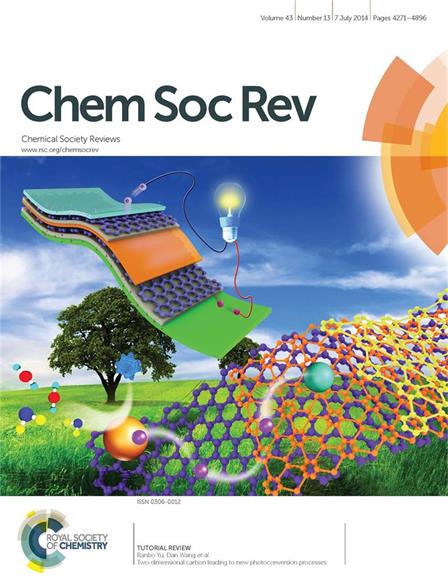Over the past two decades there have been tremendous efforts to harness and utilize sunlight to drive chemical reactions and provide a renewable and sustainable source of power for the planet. In an effort to achieve such goals there have been numerous studies aiming to fabricate efficient photoconversion devices such as photovoltaics and photocatalytic reactors, which are designed around photoabsorbing semiconductors or conjugated polymeric materials that absorb solar energy to form electron–hole pairs that are extracted to perform its best.
Two-dimensional (2D) carbon allotropes, which are atomic thick layers made of network carbon atoms with hexagonal structured lattices, have been neglected until the direct investigation of mechanically exfoliated graphene by Novoselov et al. in 2004. Graphene is a 2D carbon allotrope with a unique structure of hexagonally arranged atoms that give it unparalleled electrical conductivity and carrier mobility, in addition to excellent mechanical flexibility and extremely high specific surface area. Graphene and its derivatives have been extensively studied for photovoltaic and photocatalytic applications due to their inherent nature to extract and transport charges from photon-absorbing semiconductors and conjugated polymers. Graphyne and graphdiyne, 2D carbon allotropes like graphene but containing not only doubly but also triply bonded carbon atoms, are predicted to possess intrinsic semiconductor bandgap and even more superior electrical properties than graphene.
Recently, Professor WANG Dan from Institute of Process Engineering, Chinese Academy of Sciences (IPE-CAS), was invited to review the recent development in 2D carbon in photoconversion area. This review addresses the recent successes and current challenges of graphene, graphyne and graphdiyne, and provides insightful perspectives for the future applications of 2D carbon materials in photoelectric conversion and photocatalysis. Especially, the current theoretical understanding and experimental status of graphyne and graphdiyne was discussed in contrast of graphene, demonstrating those promising competitors to graphene in further lightening a new photoconversion. This work has been recently published in Chemical Society Reviews(Chemical Society Reviews, 2014, 42, 4281-4299 Front Cover).
This work was supported by the National Natural Science Foundation of China (No. 21031005, 91122014, 51172235, 51202248, 21203201, 21201167, 51372245, 51302266), National Science Fund for Distinguished Young Scholars (No. 21325105), the Foundation for State Key Laboratory of Multiphase Complex Systems (No. MPCS-2012-A-08) and the Foundation for State Key Laboratory of Biochemical Engineering (No. 2012KF-08).

 Search
Search




 京公网安备110402500047号
京公网安备110402500047号